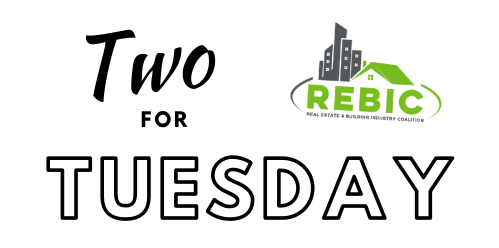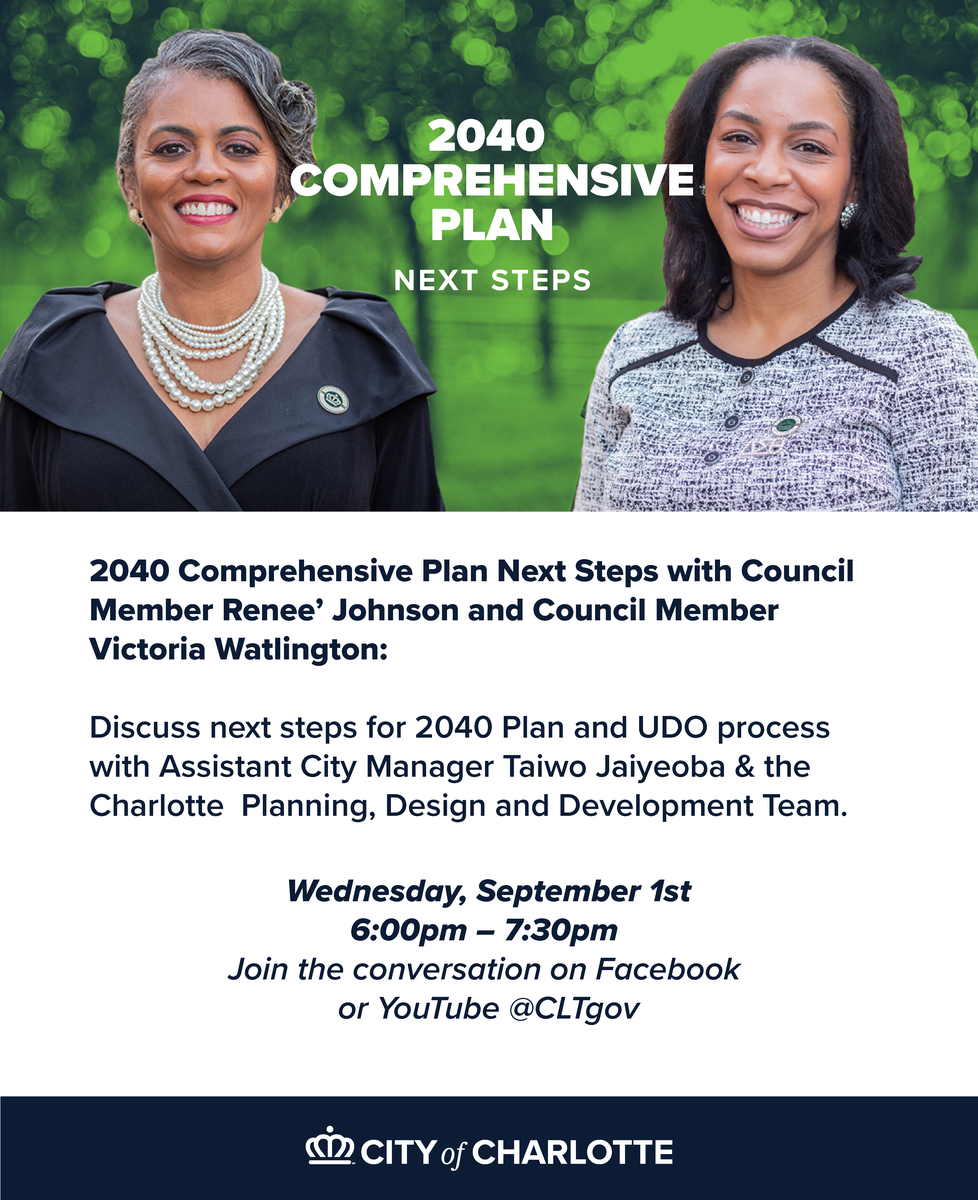Originally published on September 1, 2021, by Kathryn Hamilton for NAIOP Newsletter.
The term “supply chain” was coined on June 4, 1982, when the Financial Times published an article that used it as a replacement for “production and inventory management.” Now a permanent part of our lexicon, looking back at just how the supply chain has grown and changed over four decades is how a panel of industry leaders began their presentation at NAIOP’s I.CON West, held this week in Long Beach, California.
“Take a walk back to the 1980s,” invited Rich Thompson, international director, supply chain & logistics solutions, Americas, JLL. “There were no laptops, no internet, no cell phones, and no Amazon. Catalog orders took around 14 days to arrive, and retail real estate was hot.”
Today, the supply chain is an increasingly popular field of study, Amazon is the second-largest employer in the U.S. and the third most valuable in terms of revenue, and online orders are delivered in two days – or less – at no change. Industrial is hot.









 There is one opportunity left to participate in CRCBR/NAIOP Charlotte’s annual golf tournament that will be held on September 27 at Carolina Golf Club!
There is one opportunity left to participate in CRCBR/NAIOP Charlotte’s annual golf tournament that will be held on September 27 at Carolina Golf Club!